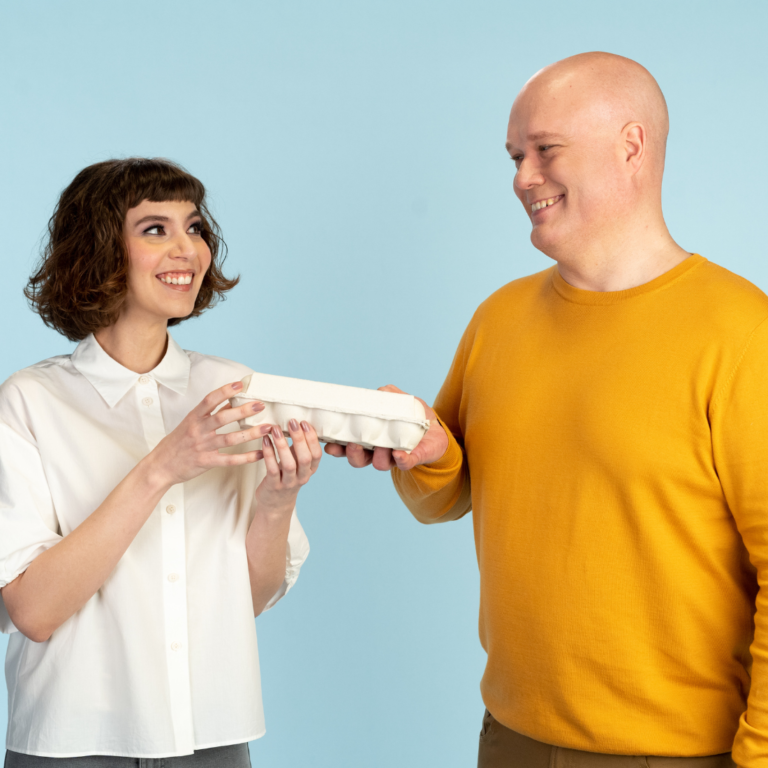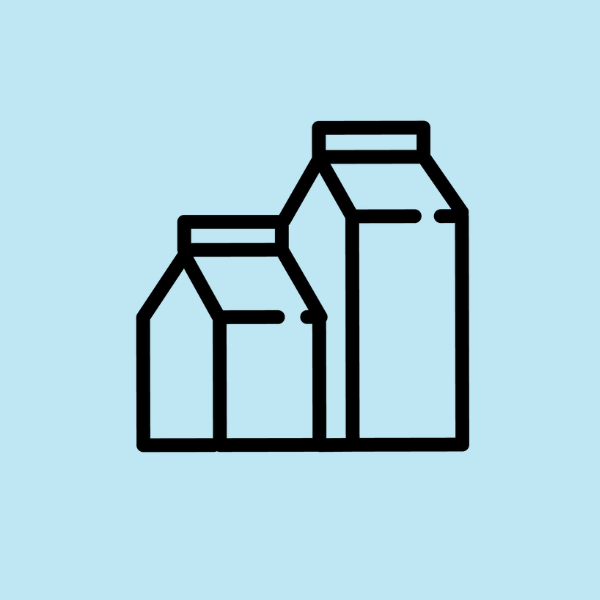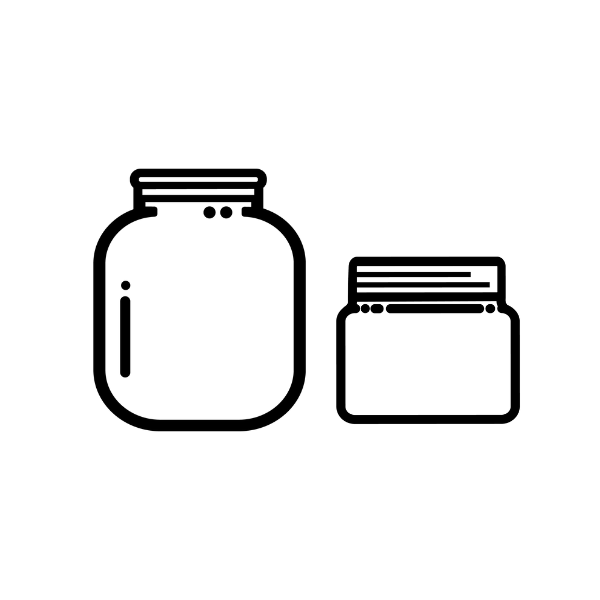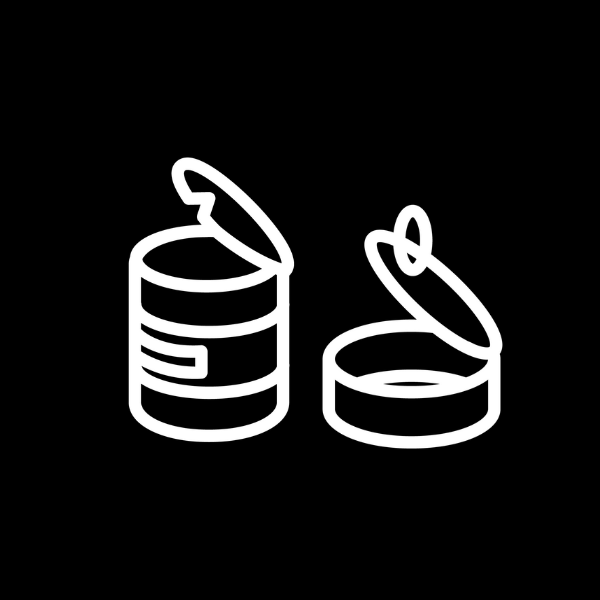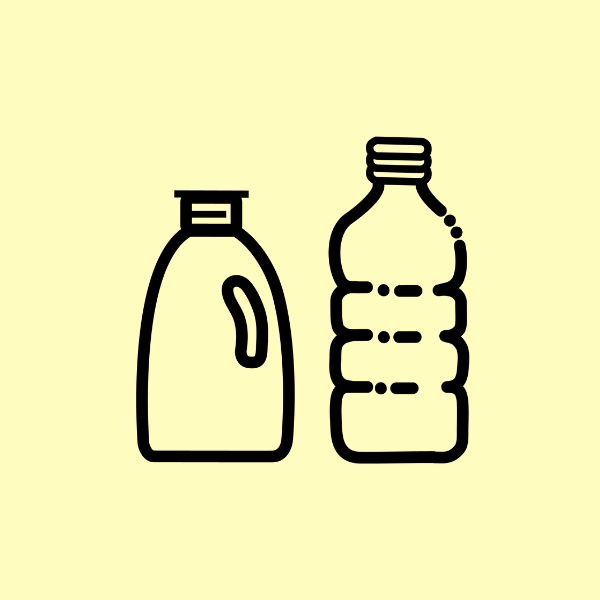Packaging recycling
You too can help minimise the environmental burden from household waste. When you sort and recycle your packaging waste at Rinki eco take-back points according to our instructions, your efforts will not be wasted. The packaging waste that you recycle is used as raw material for new products.
Recycling saves energy and natural resources by reducing the need to use completely new material to make products.
This is how household glass packaging is recycled
Glass can be recycled virtually indefinitely without compromising quality or purity.
- Glass packaging waste from Rinki ecopoints is transported to the neartest terminal. Currently, there are 38 terminals around Finland.
- From the terminals, glass waste is delivered to glass processing plants located in Forssa and Estonia.
- Deliveries abroad are transported by sea in large batches.
Glass packaging waste is processed in the processing plants. Impurities are sorted out, and glass waste is sorted by size, cleaned and sorted by colour. After processing, it is raw material for glass packaging factories, where new glass bottles and jars are made from it, as well as some glass construction products, such as foam glass and glass wool. Glass construction products are manufactored in Finland, but the glass raw material is delivered abroad when manufactoring new glass packaging.
Mainly all glass waste is recycled. The use of recycled glass as a raw material for new packaging is environmentally friendly and it reduces the need to use virgin raw materials. One kilogram of glass packaging waste sorted at home reduces greenhouse gases by 0.5 kilograms compared to it being put into mixed waste.
Careful sorting according to Rinki’s instructions is important for successful recycling. Only glass bottles and jars should be returned to the glass collection container. The color does not matter. For example, drinking glasses, baking dishes, crystal, porcelain or other glass products are not suitable for recycling, because they are not packaging and in many ways hinder the recycling of glass.
Glass packaging waste is turned into
- Mostly new glass packaging, i.e. glass bottles and jars
- Part of the glass packaging waste is also turned into construction products, such as foam glass.
This is how household metal is recycled
The quality of metal does not deteriorate in the recycling process, so it can be recycled againg and again.
The small metal sorted at household recycling points is transported to the nearest terminal in Finland.
In the terminals, metal waste is sorted and stored. Next, metal waste is transferred to the crusher. Crushed metal waste is delivered to smelters, where scrap metal is made into new raw material for use by the metal industry.
Recycled metal is used, for example, in:
- new metal packaging
- bicycle frames
- shovels
- car parts
This is how household carton packaging is recycled
Nearly all of the carton packages sorted by households is reused in Finland.
Sorted carton is transported to producer organisations’ warehouses for baling. The bales are then transported to a carton mill to be used as raw material, and paper fibre as well as plastic and metal coatings are separated from the carton.
The coating removed from paper fibre is mainly plastic. The plastic coating is dried and used for energy production. Some of the aluminium coating in the carton packaging is separated and recycled as a raw material for new products.
Recycled carton is turned into, for example:
- material for corrugated cardboard
- packaging cardboard
- specialty papers
- laminated paper
- various types of cores
This is how household plastic packaging is recycled
Plastic packaging sorted by households saves energy in the production of plastic and reduces the need to use oil.
Some of the plastic packaging waste collected from consumers is delivered to Fortum Plastic Refinery in Riihimäki and some to a processing plant in Denmark.
At the refinery, plastic packaging waste is sorted, cleaned and the part suitable for recycling is made into plastic granules that will serve as raw material for new plastic products. Non-recyclable plastic can be used with mixed waste as fuel at waste-to-energy plants.
To ensure that plastic packaging is recycled appropriately, it is important that the plastic packaging waste returned to the ecopoints is carefully sorted according to the sorting instructions.
Recycled plastic is turned into, for example:
- various consumer goods, such as dish brushes, toilet brushes and clothes brushes, shoehorns, flower pots, watering cans, spray bottles
- furniture such as chair components
- various plastic bags and rubbish bags, recycled plastic bags for shops
- items used in construction, such as apparatus box covers
Working together to collect and recycle packaging
Did you know that producer organisations and Rinki work together in the collection and recycling of packaging waste?
There are two producer organisations in the packaging sector in Finland: Suomen Pakkaustuottajat Oy (Finnish Packaging Producers Ltd) and Suomen Uusiomuovi Oy (Finnish Plastics Recycling Ltd). Packaging producer responsibility is funded by the recycling fees collected from companies with producer responsibility. The fees are determined by the producer organisations.
Packaging sector producer organisations are legally competent not-for-profit organisations. Producer organisations ensure, on behalf of the packaging producers in Finland, that packaging waste is collected and recycled and finally ends up as new products. They are also responsible for ensuring that the targets set by EU and Finnish legislation for the recycling of packaging are met in Finland, and that the receipt of packaging and related communications are carried out in accordance with the legislation.
Rinki takes care of, for example, sorting advice, customer service and sorting communication to citizens on behalf of the producer organisations. In addition, Rinki organizes a nationwide network of Rinki ecopoints.
